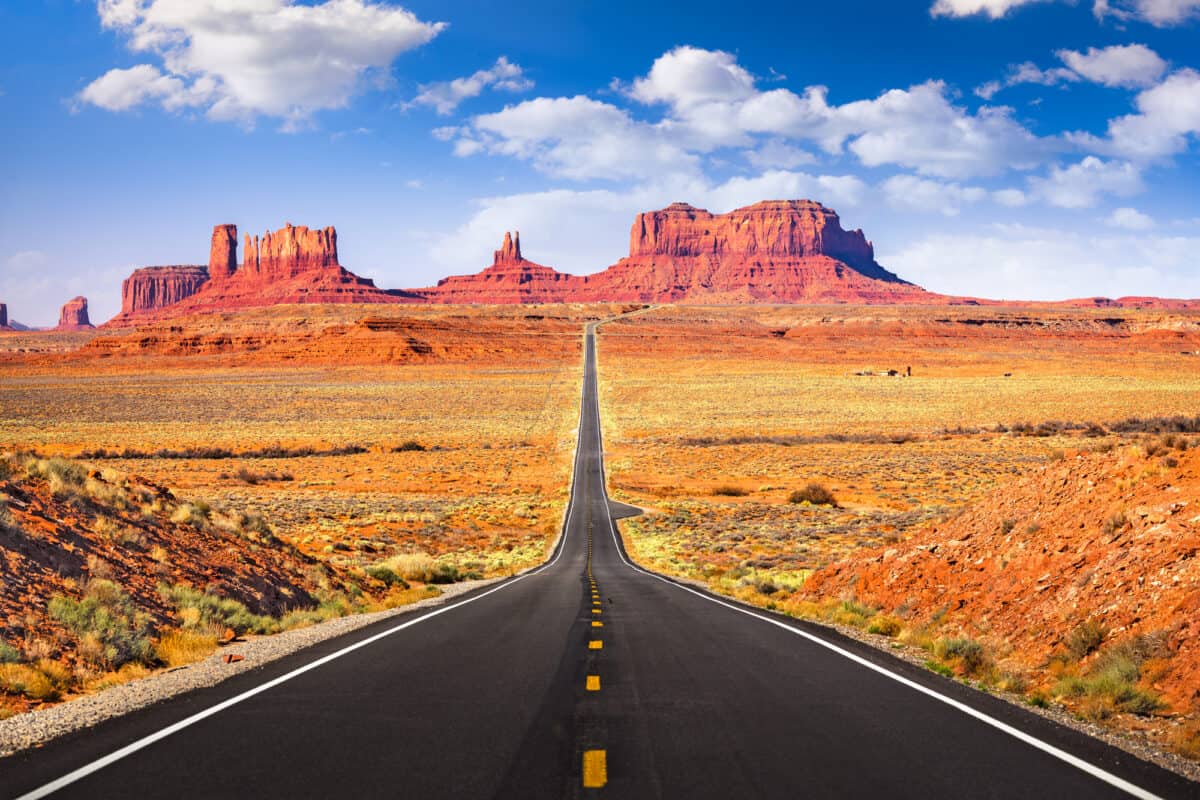Although Arizona’s deserts are scorching hot, it is still full of life. Any human would struggle to survive in this landscape, but these amazing animals that call Arizona’s deserts home have adapted in many clever ways and have hidden talents that allow them to cope with the intense heat.
1. Gila Monster
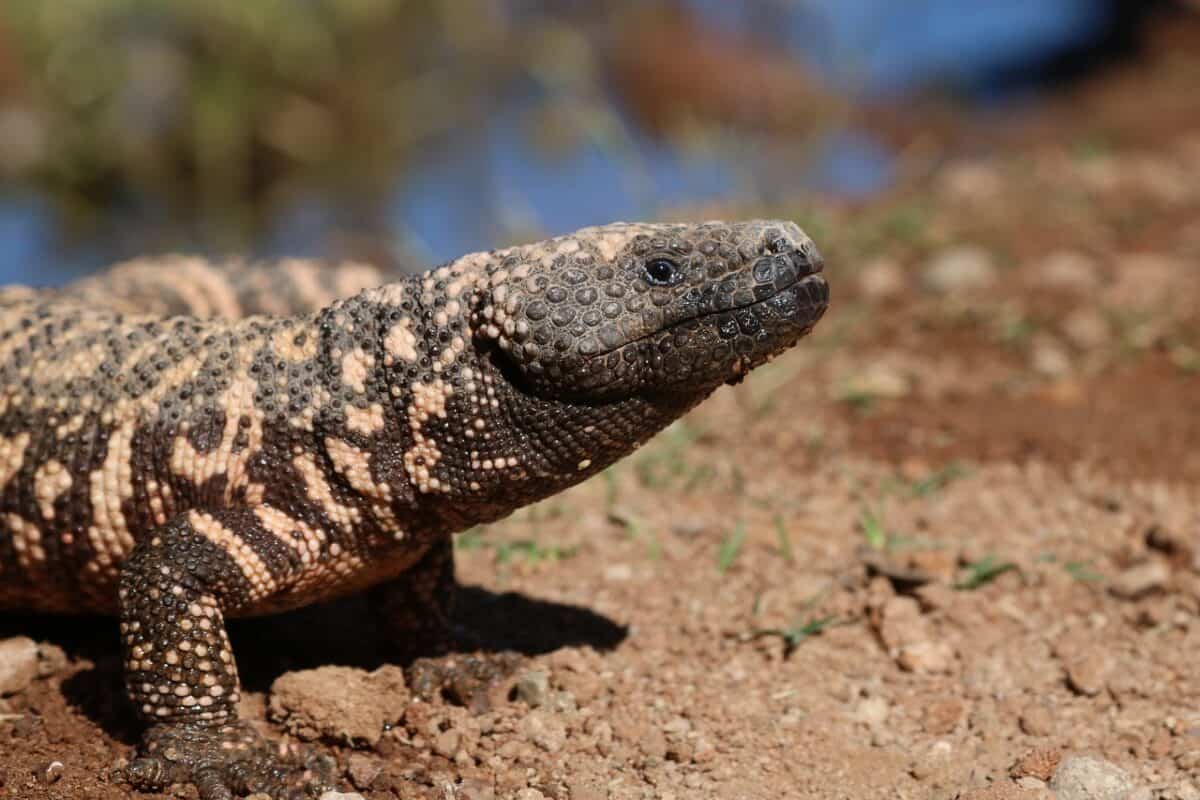
It’s not for nothing that this lizard is called a monster – it’s one of few lizards in the whole world that is venomous. Thanks to their ability to store fat and water in their tail, they can go months without needing water; without this clever adaptation they wouldn’t be able to handle the heat of Arizona’s deserts.
2. Coyote
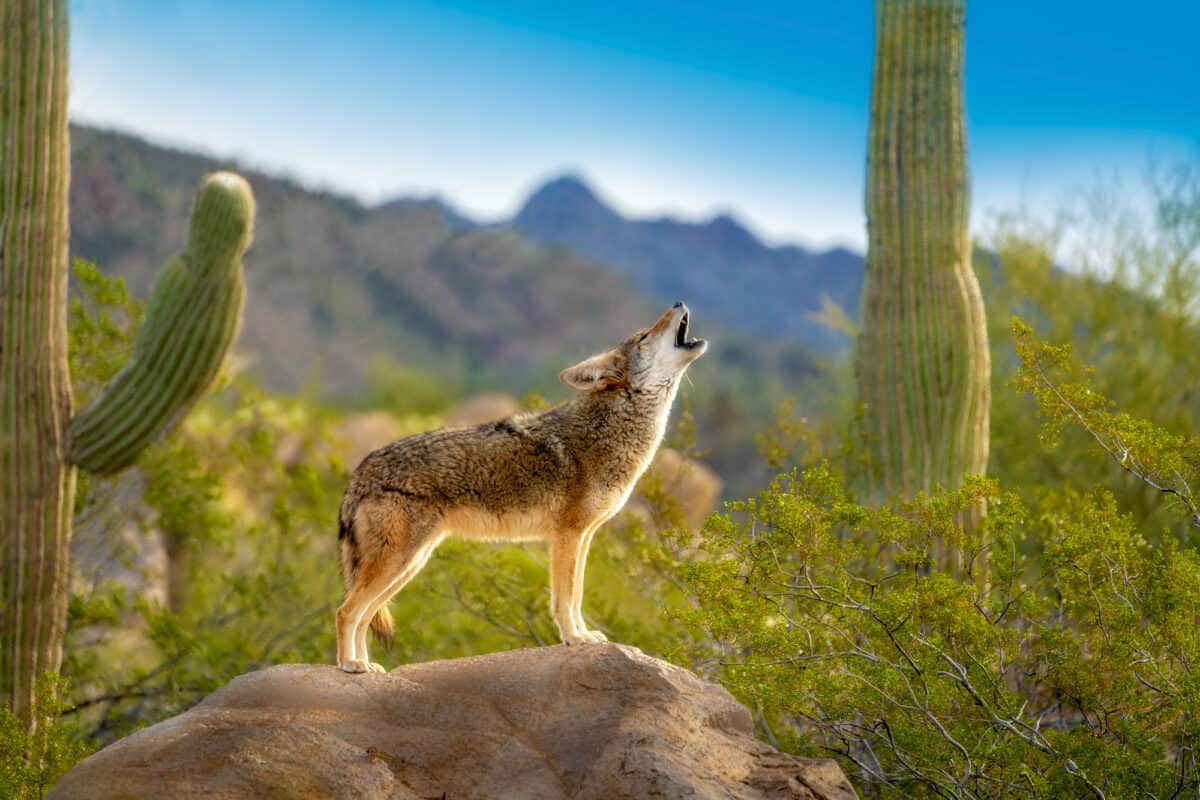
Coyotes do most of their hunting at night to avoid the scorching sun. In the desert they can’t be picky about they hunt either, they’re opportunistic feeders and much on rodents, rabbits, fruits, amongst many other things.
3. Desert Tortoise
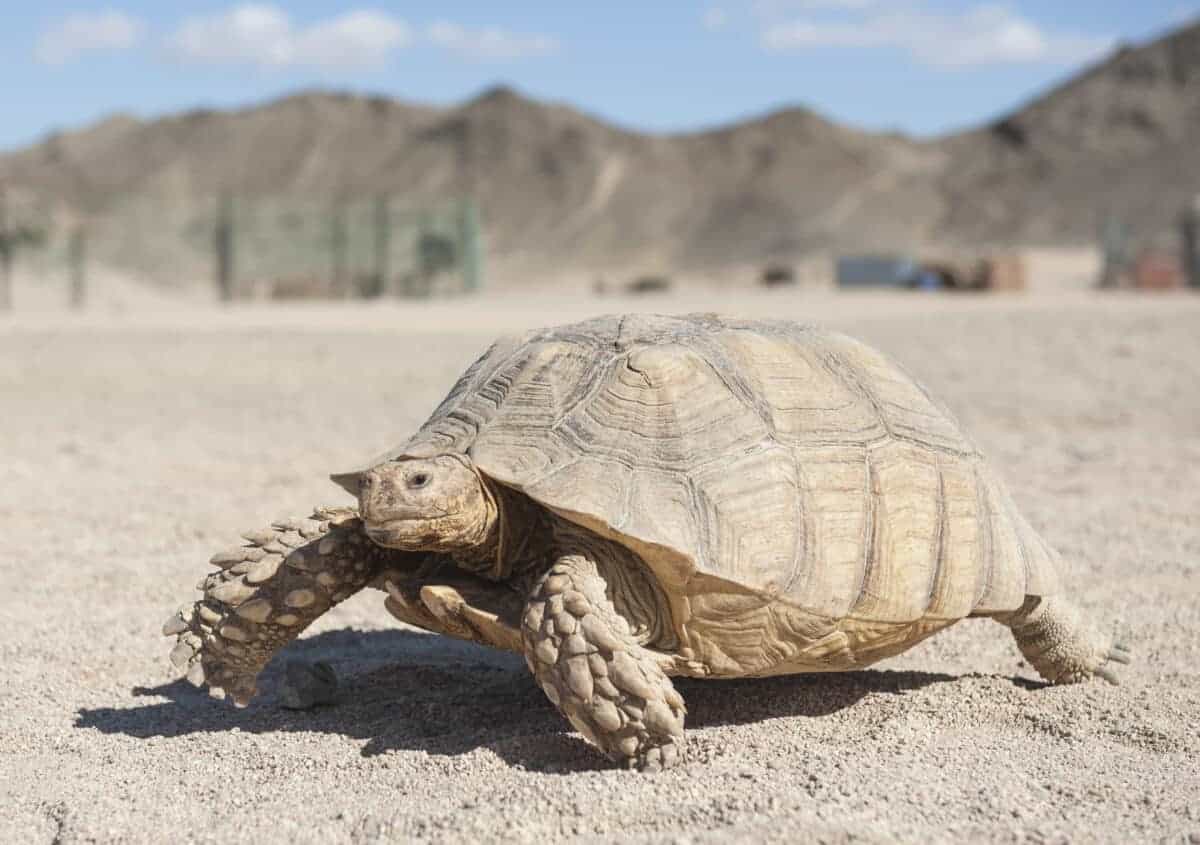
To escape the overwhelming desert heat, the desert tortoise digs burrows underground where the temperature can be a whole 20°F less than above ground. Not only that, they can go for a whole year without drinking water.
4. Roadrunner
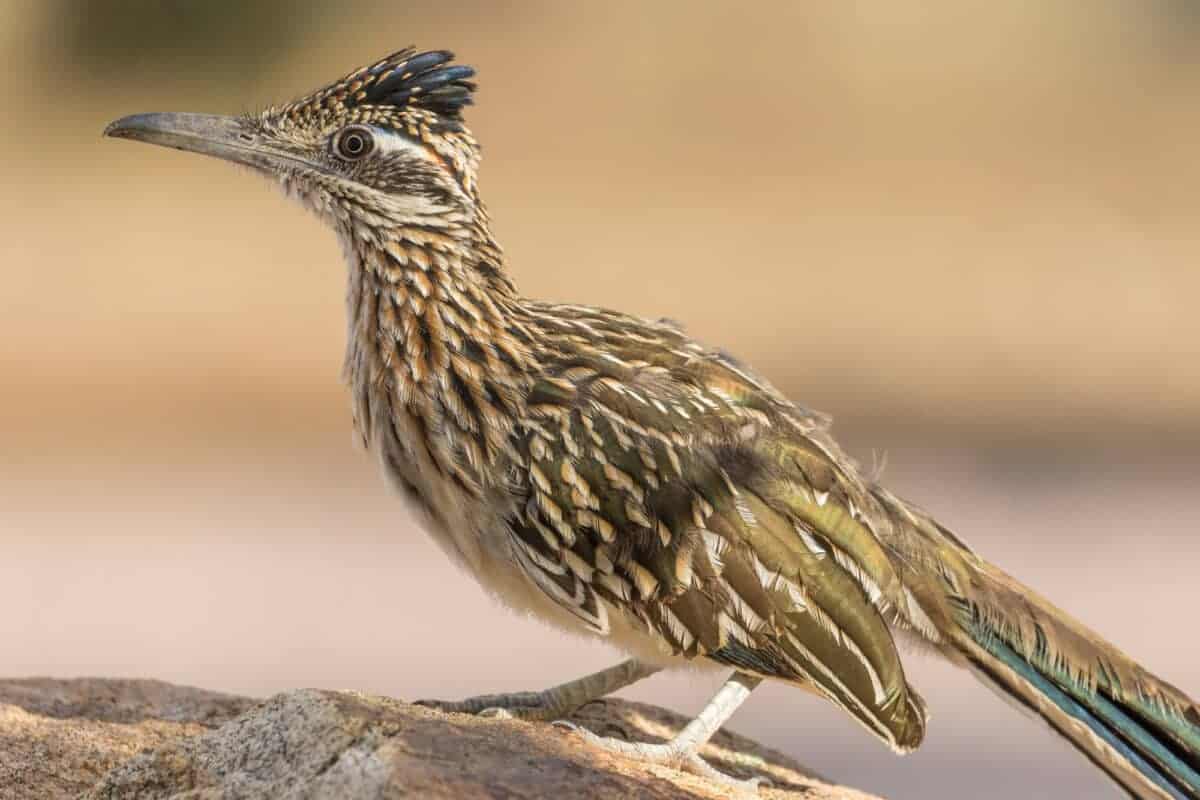
As their name suggest, roadrunner can run really fast – at an impressive 20 mph. This makes them great hunters, and they tend to feast on insects, lizards, small mammals and the odd rattlesnake.
5. Javelina
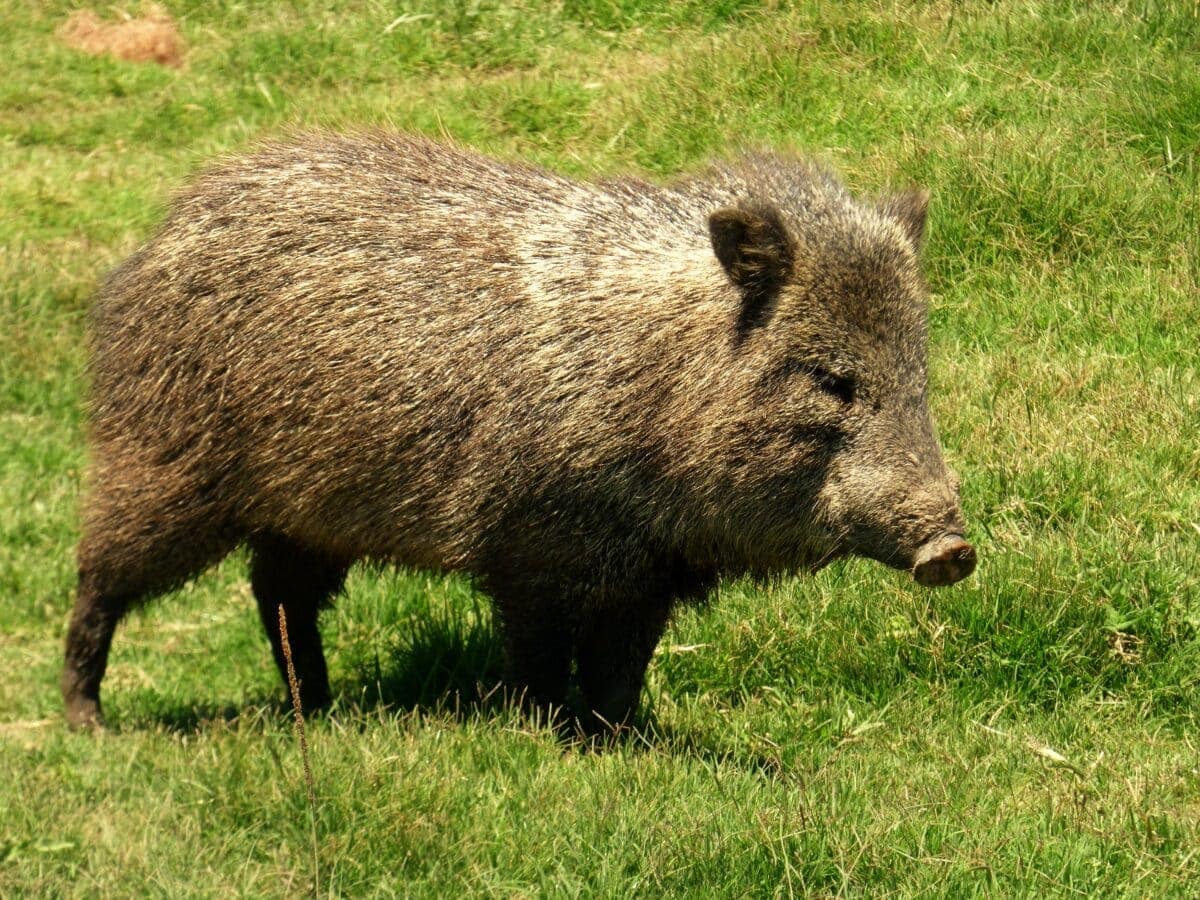
Because of the limited food available in the desert, javelinas consume a diet of desert plants, roots, and insects. They’re mostly nocturnal but also have thick skin with coarse hair that shields them from the sun.
6. Bobcat
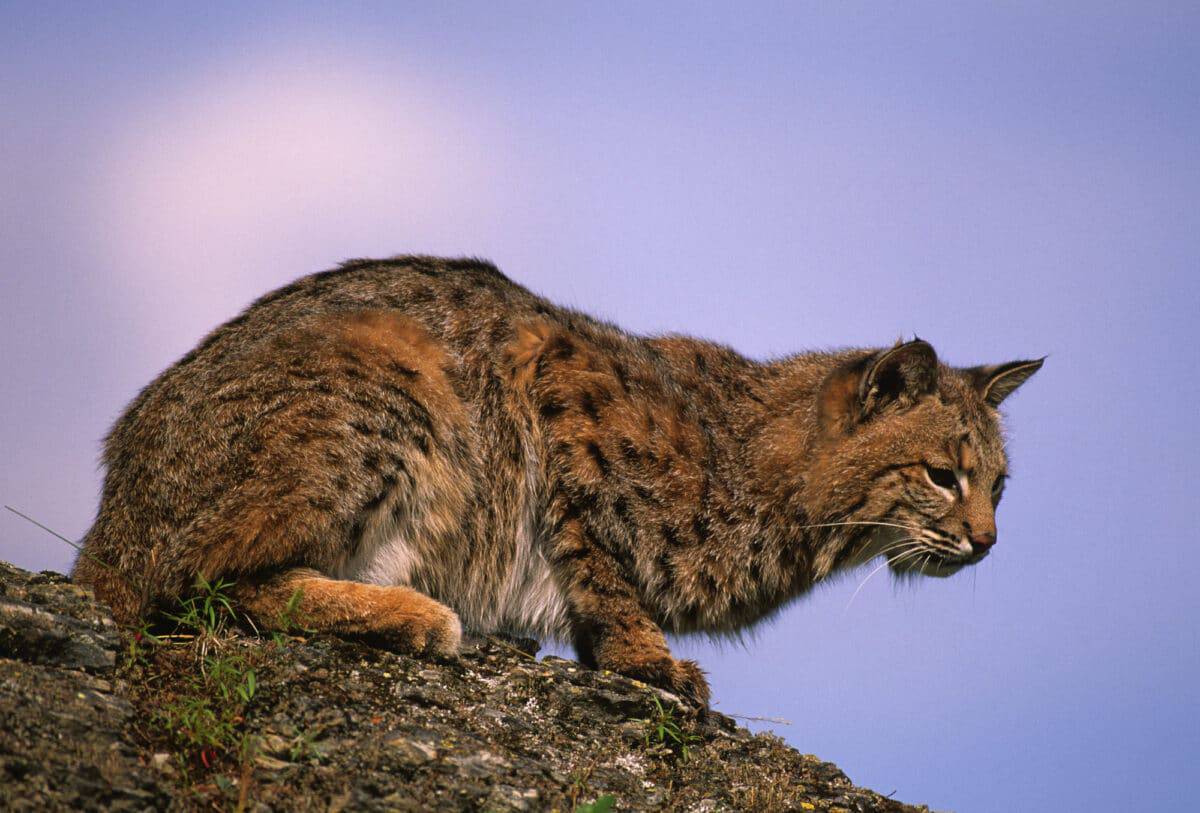
The bobcat’s spotted coat provides camouflage in the desert landscape, making it a good predator. They are excellent climbers and maintain large territories marked with scent.
7. Desert Bighorn Sheep
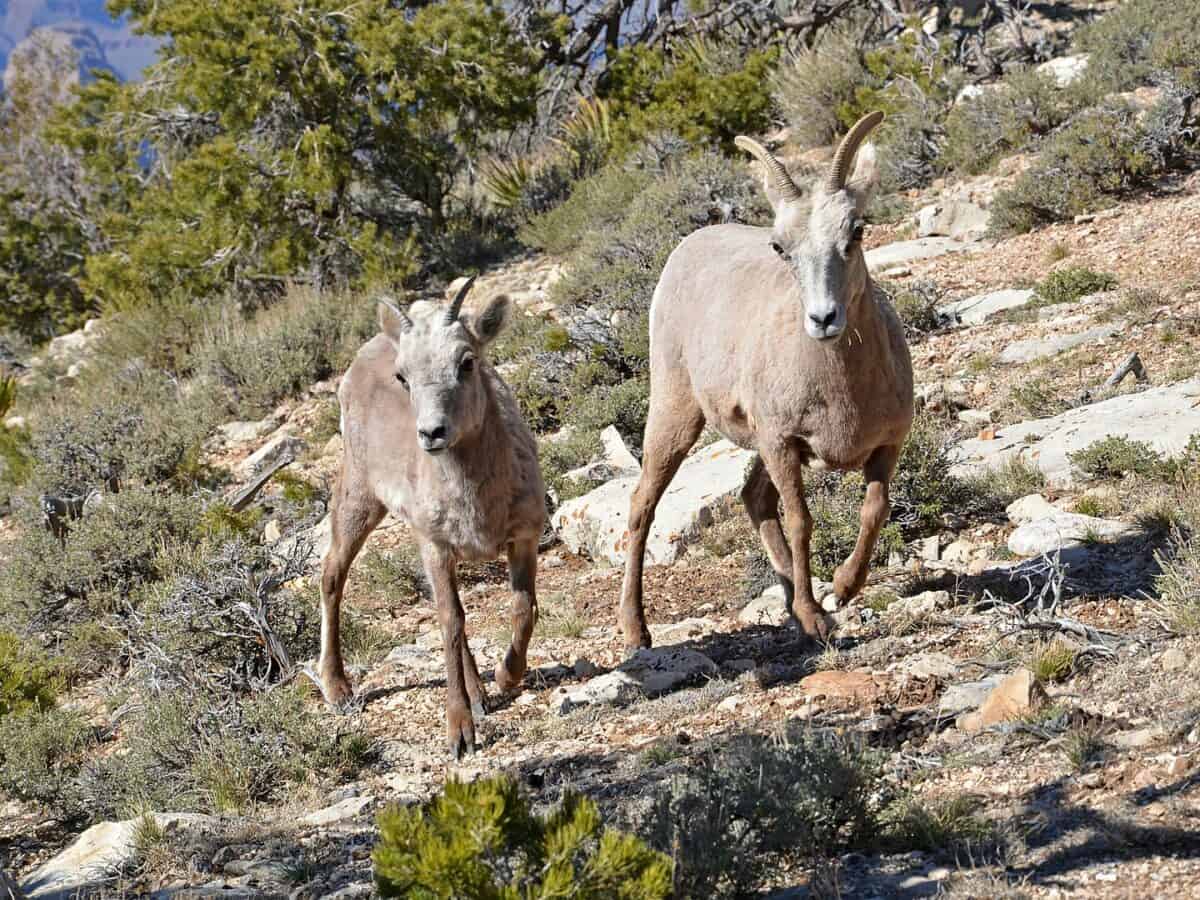
Desert bighorn sheep can go days without water by getting the moisture they need from their food and conserving water through minimal sweating.
8. Rattlesnake
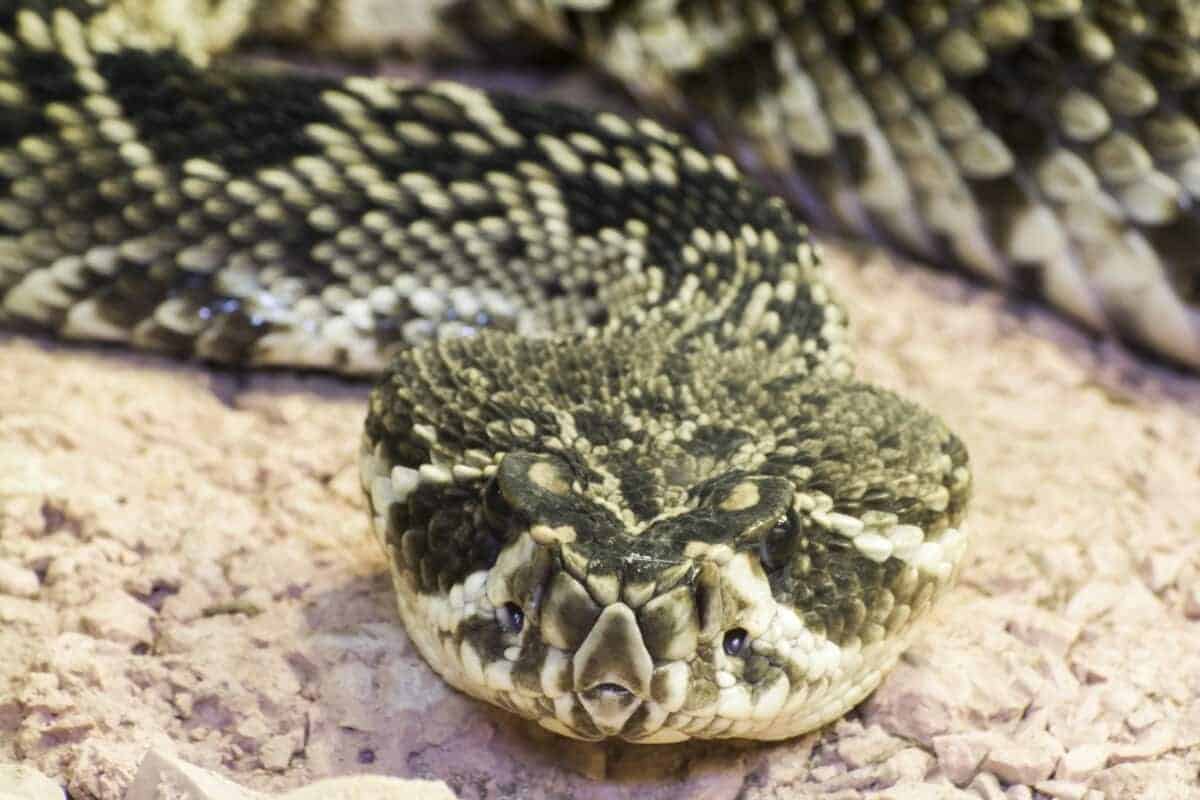
Rattlesnakes have heat-sensing pits that allow them to detect warm-blooded prey in darkness. Having highly a highly venomous bite, they can subdue prey within seconds.
9. Harris’s Hawk
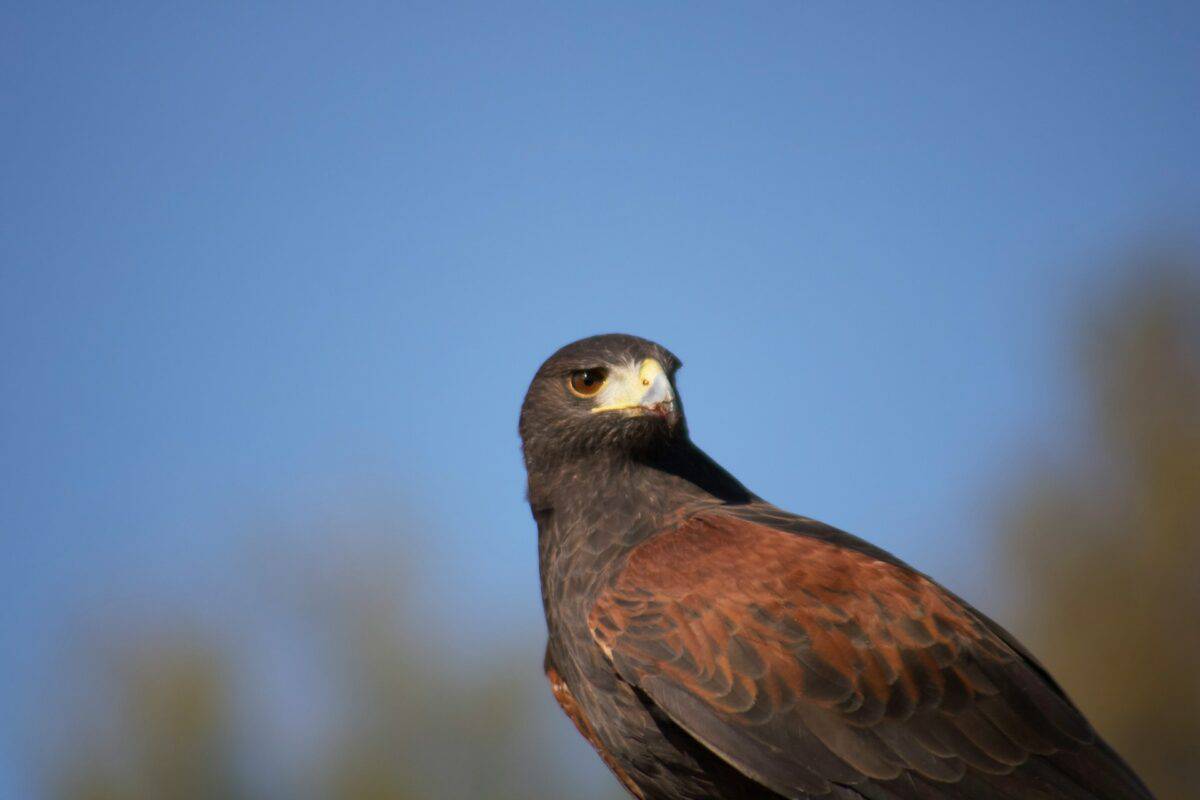
Harris’s hawks have a unique social hunting strategy, which gives them a high success rate when it comes to hunting. They use thermal currents to soar and conserve energy while scanning the ground for prey.
10. Pronghorn Antelope
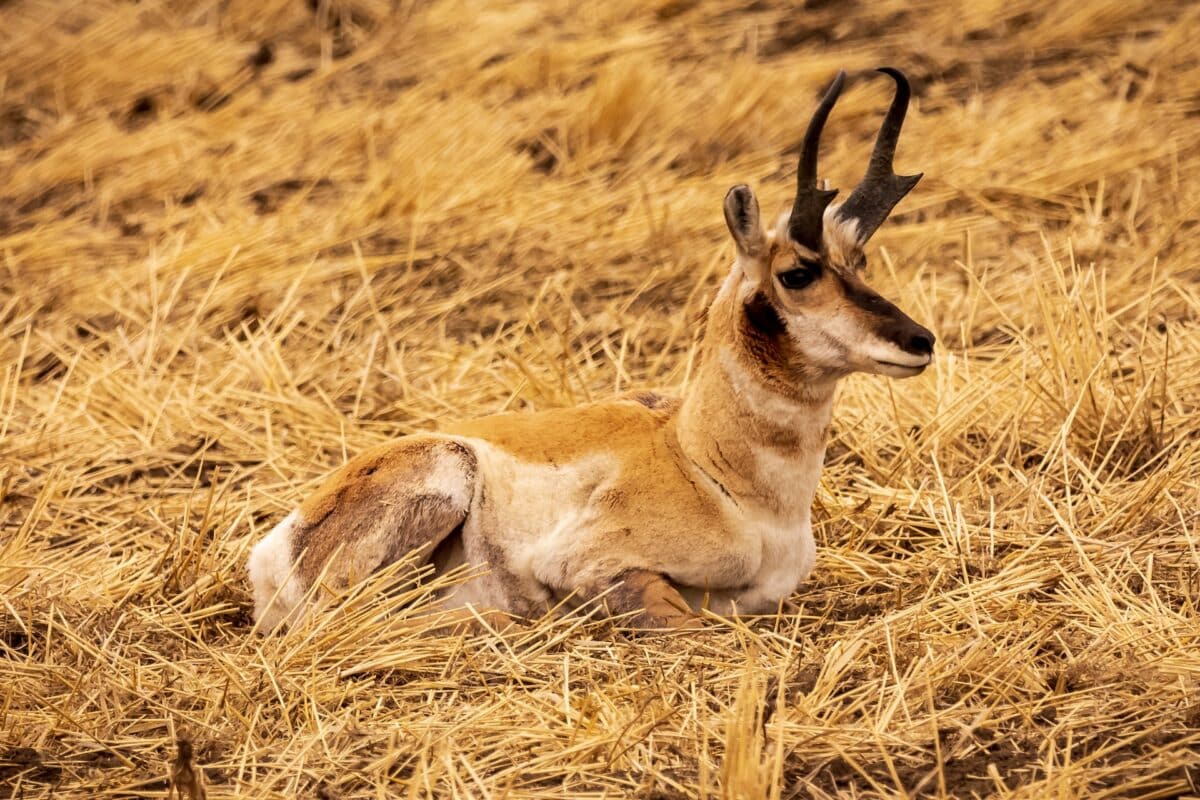
Pronghorns are North America’s fastest land animals, capable of speeds up to 60 miles per hour, to make sure that they can escape predators. Similarly, their large eyes and wide field of vision are crucial for spotting threats.
11. Kit Fox
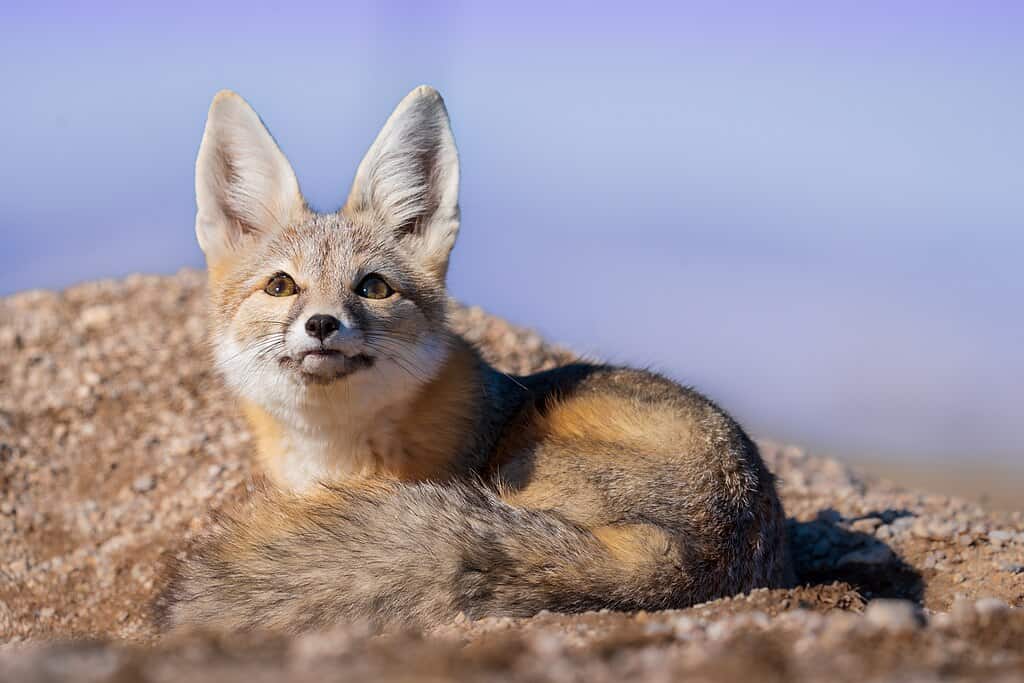
The kit fox, North America’s smallest canine, uses its size to navigate burrows and escape the heat. They also have adorably large ears which helps to cool them down.
12. Horned Lizard
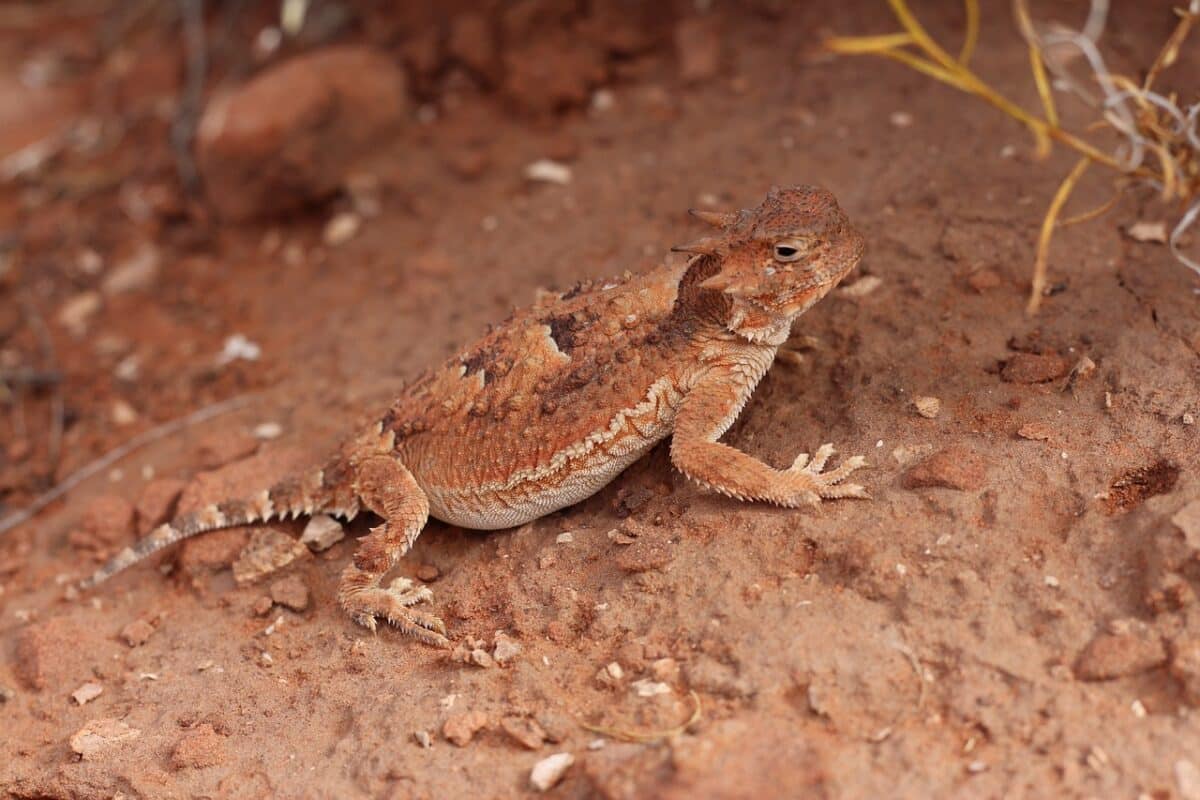
Horned lizards can almost blend perfectly with the desert floor because of their body shape and coloration. They can squirt blood from their eyes as a defense mechanism when threatened.
13. Desert Kangaroo Rat
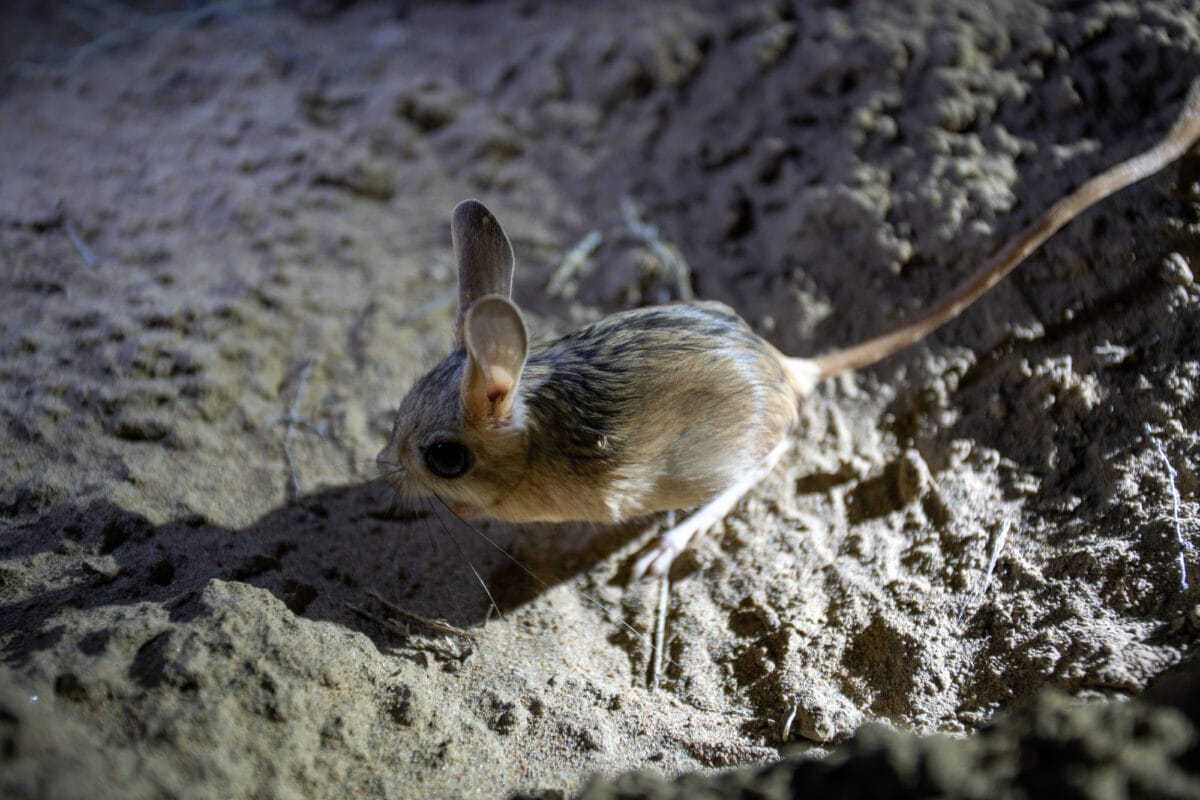
Desert kangaroo rats obtain all the moisture they need from seeds. This means they barely have to drink any water at all, a much-needed trait in the arid desert.
14. Elf Owl
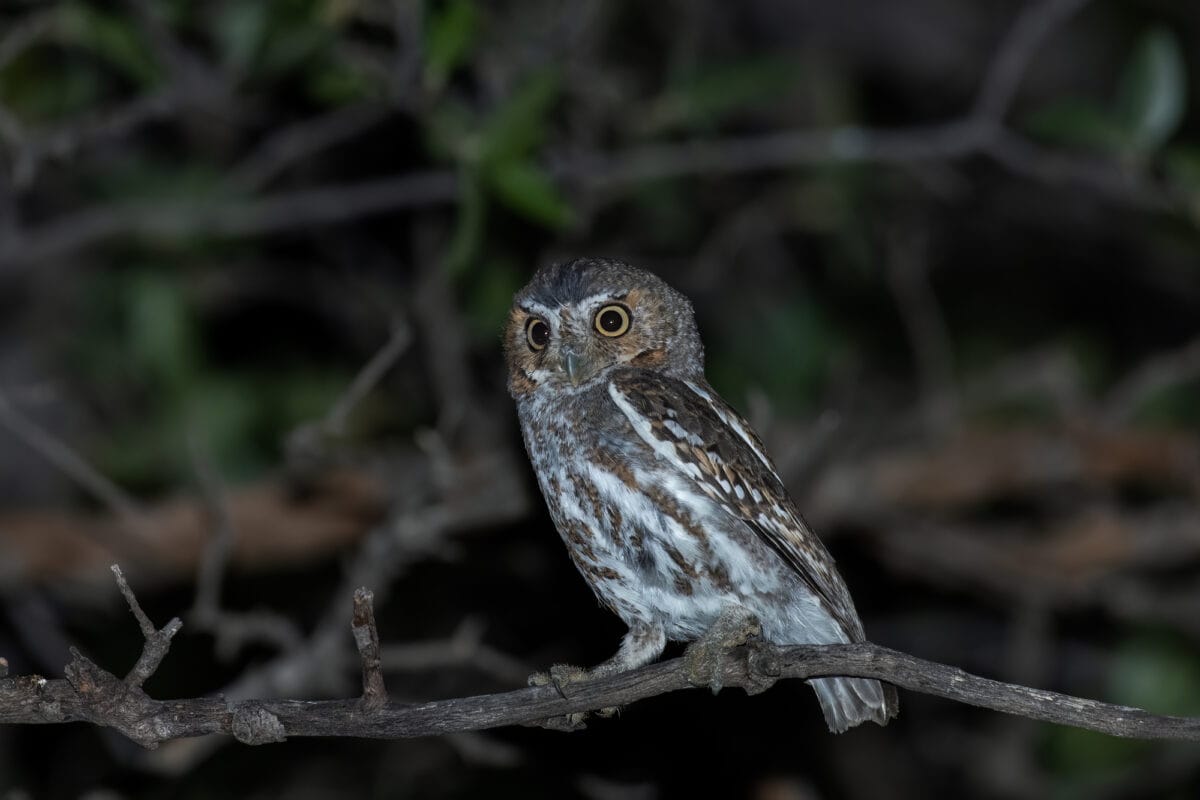
As the world’s smallest owl, elf owls nest in the holes of saguaro cacti, keeping them safe from many predators.
Animals That Have Adapted to Arizona’s Deserts: Wrapping Up
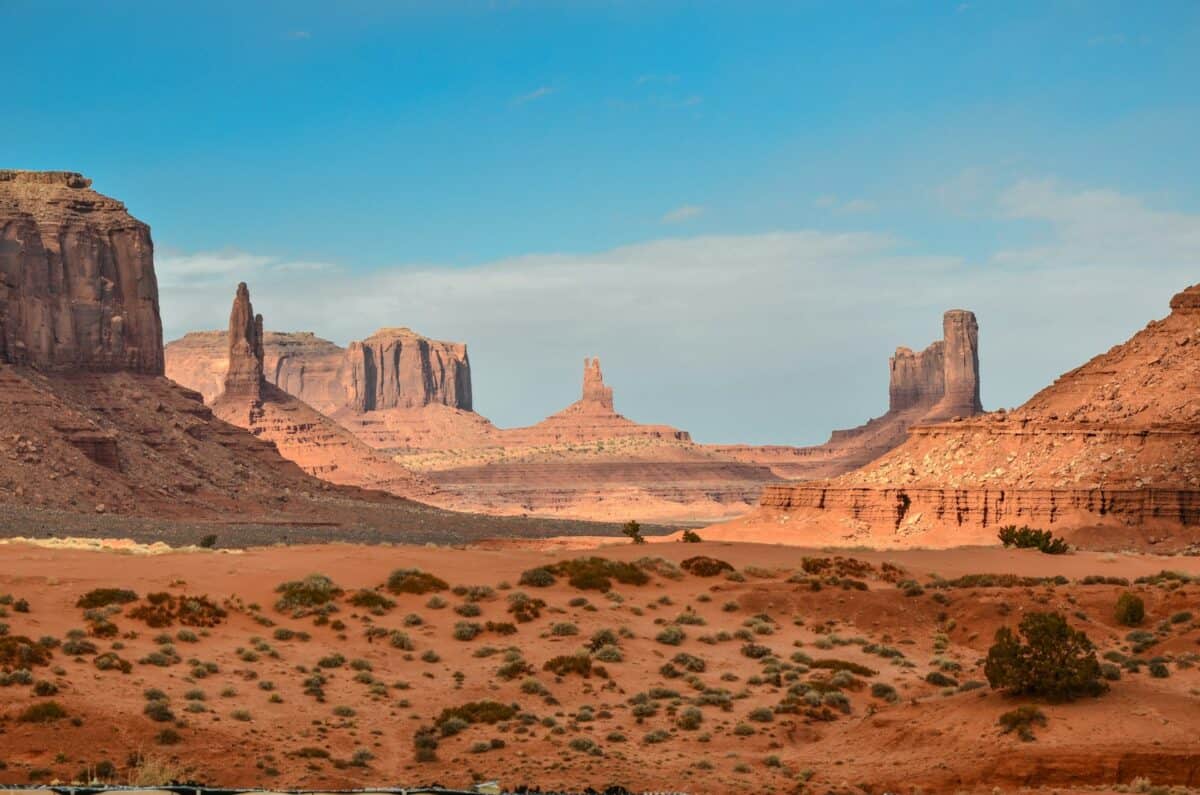
Each of these animals has their own set of survival skills that allow them to survive in the deserts of Arizona – one more ingenious than the other. Which one are you most impressed by?
Thank you for reading this piece on 14 animals that have adapted to Arizona’s deserts! For similar posts, take a look here:
- 41 Animals That Are Smarter Than a 5-year-old
- 40 Animals That Can Run Faster Than a Car
- 14 Prehistoric Animals
Join our Forum for free today!


